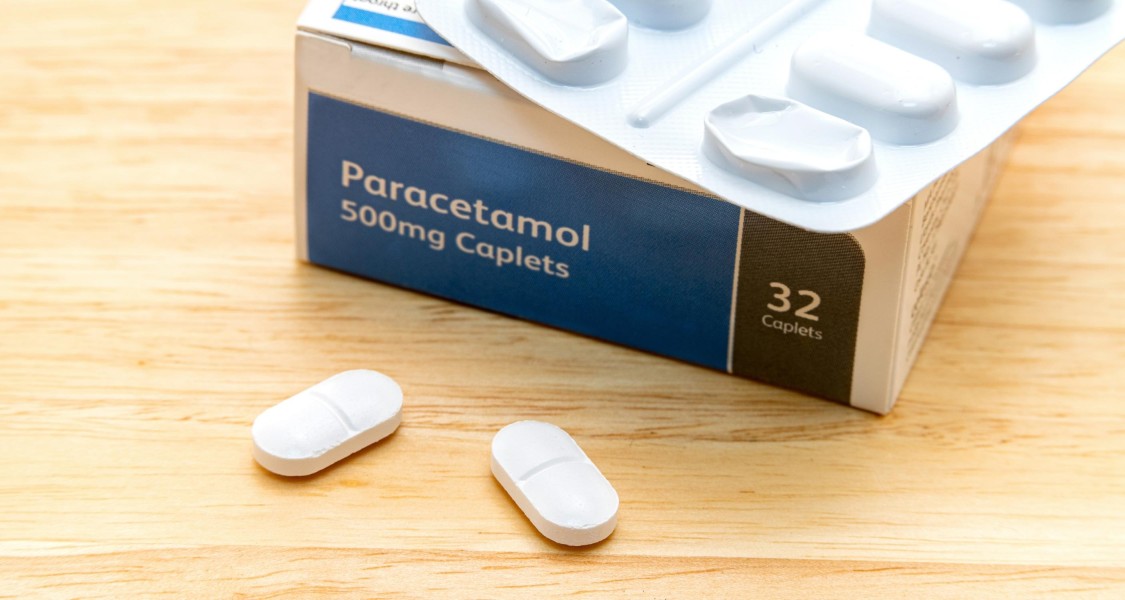 x
x
Paracetamol, also known as acetaminophen, is one of the most commonly used medications for relieving pain and reducing fever worldwide. With over 25 billion doses consumed yearly, paracetamol is found in numerous over-the-counter preparations for treating headaches, muscle aches, arthritis, and cold and flu symptoms.[1] But despite its widespread use, the exact mechanisms behind how paracetamol provides pain relief have long been uncertain (Yes, we actually don't fully understand how it works).
Researchers have discovered that paracetamol acts in several ways to reduce pain and fever. One of its main mechanisms is believed to involve inhibiting cyclooxygenase (COX) enzymes, particularly COX-2, which produce prostaglandins that mediate pain and inflammation.[2] By blocking COX enzymes, paracetamol is thought to decrease prostaglandin synthesis in the brain and spinal cord, reducing the intensity of pain signals reaching the brain.[3]
Additionally, some evidence indicates that paracetamol may work by activating cannabinoid receptors in the brain and spinal cord that modulate pain transmission.[4] It also appears to activate descending serotonergic pathways in the brainstem that inhibit pain signals.[5] Furthermore, paracetamol is thought to act directly on the hypothalamic heat-regulating centre to reduce fever.[6]
Despite these proposed mechanisms, the exact sites and means by which paracetamol acts are still not fully characterized. Its pain-relieving effects do not seem to correspond neatly to its anti-inflammatory actions or levels of COX inhibition compared to other NSAIDs.[7] This suggests its analgesia may derive from complex interactions with multiple signalling systems involved in pain and inflammation.[8] Elucidating the precise molecular targets and effects of paracetamol remains an active area of research.
In summary, through a variety of mechanisms, such as COX enzyme inhibition, cannabinoid system activation, and effects on pain signalling pathways in the brain and spinal cord, paracetamol can mitigate pain perception and reduce fever. Further research is still needed to pinpoint the primary mechanisms responsible for the analgesic and antipyretic actions of this exceptionally common medication. But despite some lingering questions, paracetamol remains one of the safest and most effective options for mild-to-moderate pain relief.
References
[1] Graham GG, Davies MJ, Day RO, Mohamudally A, Scott KF. The modern pharmacology of paracetamol: Therapeutic actions, mechanism of action, metabolism, toxicity and recent pharmacological findings. Inflammopharmacology 2013; 21: 201–32.
[2] Botting RM. Inhibitors of cyclooxygenases: mechanisms, selectivity and uses. J Physiol Pharmacol 2006; 57 Suppl 5: 113-24.
[3] Anderson BJ. Paracetamol (Acetaminophen): mechanisms of action. Paediatr Anaesth 2008; 18: 915–21.
[4] Bertolini A, Ferrari A, Ottani A, Guerzoni S, Tacchi R, Leone S. Paracetamol: new vistas of an old drug. CNS Drug Rev 2006; 12: 250–75.
[5] Pickering G, Loriot MA, Libert F, Eschalier A, Beaune P, Dubray C. Analgesic effect of acetaminophen in humans: first evidence of a central serotonergic mechanism. Clin Pharmacol Ther 2006; 79: 371–8.
[6] Aronoff DM, Neilson EG. Antipyretics: mechanisms of action and clinical use in fever suppression. Am J Med 2001; 111: 304–15.
[7] Graham GG, Scott KF. Mechanism of action of paracetamol. Am J Ther 2005; 12: 46–55.
[8] Mallet C, Daulhac L, Bonnefont J, Ledent C, Etienne M, Chapuy E, Libert F, Eschalier A. Endocannabinoid and serotonergic systems are needed for acetaminophen-induced analgesia. Pain 2008; 139: 190–200.
ns 15.158.61.46da2





















